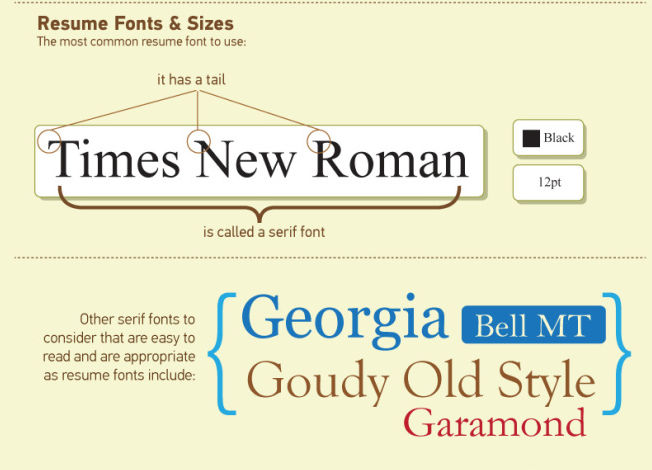A brief history of Times New Roman. Times New Roman is not a font choice so much as the absence of a font choice, like the blackness of deep space is not a. Buy Times Roman desktop font from Linotype on Fonts.com.


This article is about the font characteristic. For the software company, see. For other uses, see. Sans-serif font Serif font Serif font (red serifs) In, a serif ( ) is a small line attached to the end of a stroke in a letter or symbol. A with serifs is called a serif typeface (or serifed typeface). A typeface without serifs is called or sans serif, from the sans, meaning 'without'. Some typography sources refer to sans-serif typefaces as 'Grotesque' (in 'grotesk') or 'Gothic', and serif typefaces as '.
Roman brushed capitals: Serifs originated in the with —words carved into stone in Roman. The explanation proposed by Father in his 1968 book The Origin of the Serif is now broadly but not universally accepted: the Roman letter outlines were first painted onto stone, and the stone carvers followed the brush marks, which flared at stroke ends and corners, creating serifs. Another theory is that serifs were devised to neaten the ends of lines as they were chiseled into stone. The origin of the word serif is obscure, but apparently is almost as recent as the type style. In The British Standard of the Capital Letters contained in the Roman Alphabet, forming a complete code of systematic rules for a mathematical construction and accurate formation of the same (1813) by, it defined surripses, usually pronounced 'surriphs', as 'projections which appear at the tops and bottoms of some letters, the O and Q excepted, at the beginning or end, and sometimes at each, of all'. The standard also proposed that surripsis may be a Greek word derived from συν (together) and ριψις (projection). In 1827, a Greek scholar printed with his own experimental Greek types, remarking that the types of 's Callimachus were 'ornamented (or rather disfigured) by additions of what [he] believe[s] type-founders call syrifs or cerefs'.
The printer referred to them as 'ceriphs' in 1825. The oldest citations in the ( OED) are 1830 for serif and 1841 for sans serif. The OED speculates that serif was a from sanserif. Traces serif to the noun schreef, meaning 'line, stroke of the pen', related to the verb schrappen, 'to delete, strike through'. Schreef now also means 'serif' in Dutch. (The relation between 'schreef' and 'schrappen' is documented by Van Veen and Van der Sijs in Etymologisch Woordenboek (Van Dale, 1997). Yet, 'schreef' literally is past-tense of 'schrijven' (to write).
Times® font family, 12 styles from $35.00 by Linotype. Instant downloads for 49 free Times New Roman fonts. For you professionals, 13 are 100% free for commercial-use!
In her Chronologisch Woordenboek (Veen, 2001), Van der Sijs lists words by first known publication in the language area that is The Netherlands today. Van der Sijs: schrijven, 1100; schreef, 1350; schrappen, 1406. 'schreef' is from 'schrijven' (to write), not from 'schrappen' (to scratch, eliminate by strike-through). Bontrager Trip 5w Manual. ) The OED 's earliest citation for 'grotesque' in this sense is 1875, giving stone-letter as a. It would seem to mean 'out of the ordinary' in this usage, as in art grotesque usually means 'elaborately decorated'. Other synonyms include 'Doric' and 'Gothic', commonly used for. Classification [ ] Serif fonts can be broadly classified into one of four subgroups: old style, transitional, Didone and slab serif, in order of first appearance. Old-style [ ].